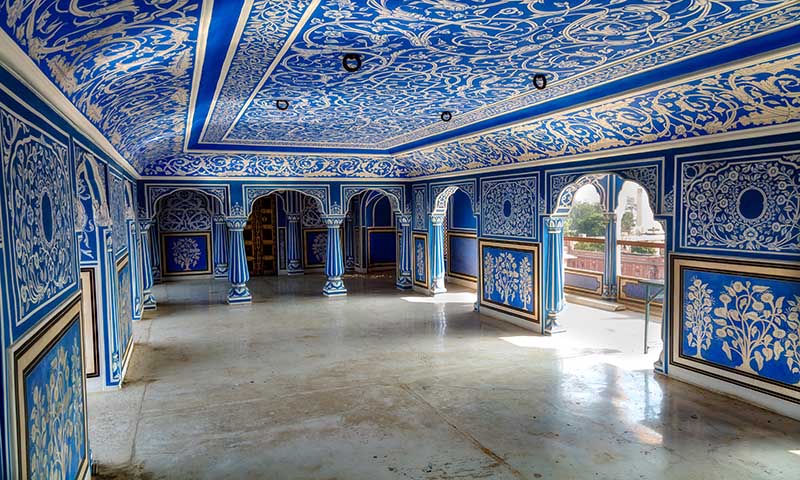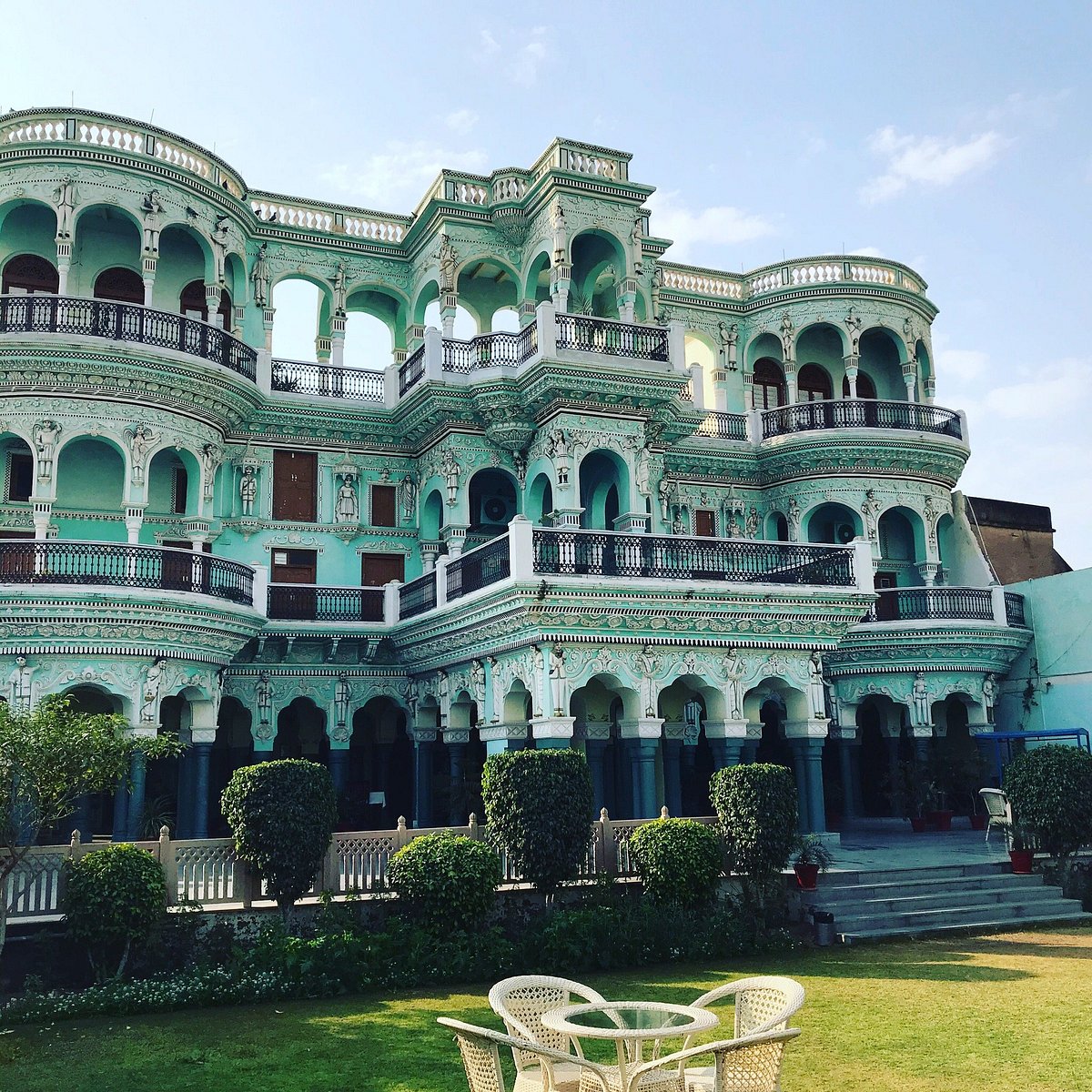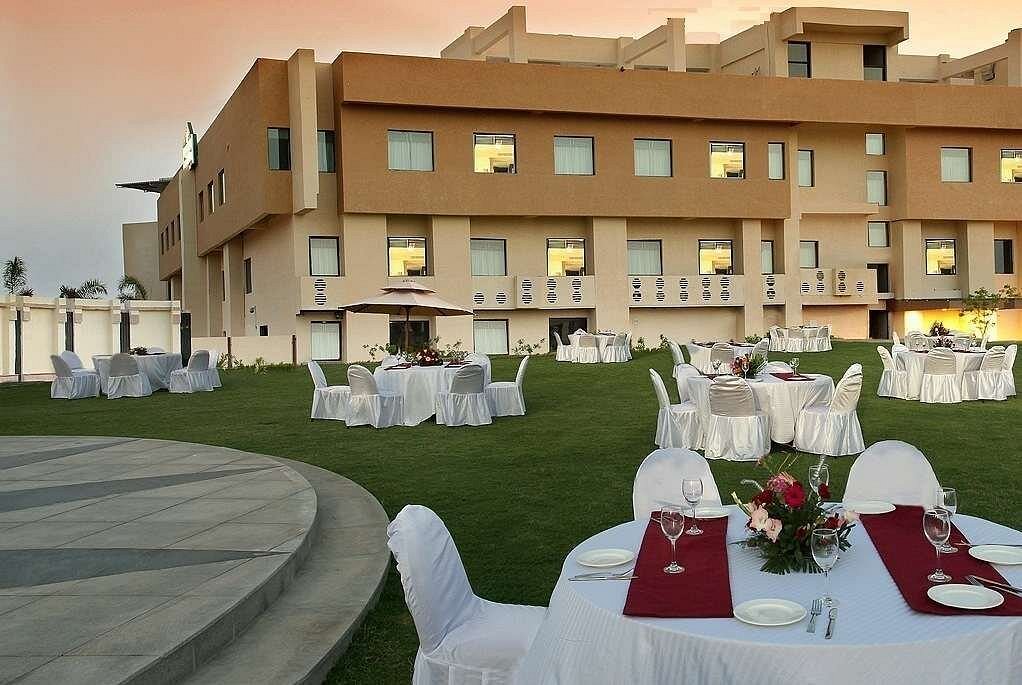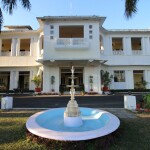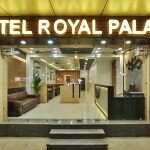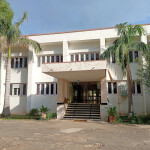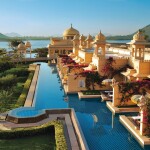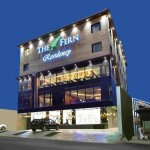A Visit to City Palace: The Royal Residence of Jaipur
City Palace is a palace complex in Jaipur, India that was the seat of the Maharaja of Jaipur and his royal family. It was built by Maharaja Sawai Jai Singh II in 1727, when he shifted his capital from Amber to Jaipur. The palace showcases a blend of Rajput, Mughal, and European architectural styles and has several buildings, courtyards, gardens, temples, and museums. It is one of the most popular tourist attractions in Jaipur and a symbol of its rich cultural heritage.
I visited City Palace on a pleasant day in May 2023. I was impressed by the grandeur and elegance of this palace that reflected the glory of the Rajput rulers. I entered the palace through the Virendra Pol gate and bought a ticket for the composite museum that included access to four main sections: Mubarak Mahal, Chandra Mahal, Diwan-i-Aam, and Diwan-i-Khas. I also opted for an audio guide that provided interesting information and anecdotes about the palace and its history.
Table of contents [Show]
Mubarak Mahal or the Welcome Palace was built by Maharaja Sawai Madho Singh II in the late 19th century as a reception hall for foreign guests. It has a fusion of Islamic, Rajput, and European styles and is adorned with stone carvings, arches, domes, and pillars. It now houses the Maharaja Sawai Man Singh II Museum that displays a collection of royal costumes, textiles, shawls, embroideries, and accessories. I was fascinated by the fine craftsmanship and variety of fabrics on display. I also saw the famous Sawai Madho Singh's coat that weighed 200 kg and had 18 kg of gold buttons.
Chandra Mahal
Chandra Mahal or the Moon Palace is the most prominent and magnificent building in the palace complex. It was built by Maharaja Jai Singh II as his residence and has seven stories, each with a different name and function. The first floor is called Sukh Niwas or the Hall of Rest and has a painted ceiling and a silver throne. The second floor is called Rang Mandir or the Hall of Colors and has mirrors embedded in the walls and ceiling. The third floor is called Pitam Niwas or the Hall of Love and has floral motifs and paintings on the walls. The fourth floor is called Chhavi Niwas or the Hall of Images and has blue and white decorations. The fifth floor is called Shri Niwas or the Hall of Wealth and has mirror work and gold leaf work. The sixth floor is called Mukut Mandir or the Crown Temple and has a dome-shaped pavilion. The seventh floor is called Sri Niwas or the Abode of God and has a private temple.
Only the ground floor of Chandra Mahal is open to visitors as part of the museum tour. The rest of the floors are still occupied by the royal family as their private residence. I saw some exquisite paintings, carpets, weapons, manuscripts, and other artifacts that belonged to the royal family. I also saw two huge silver urns that were used by Maharaja Sawai Madho Singh II to carry Ganga water on his trip to England in 1902.
Diwan-i-Aam
Diwan-i-Aam or the Hall of Public Audience was built by Maharaja Sawai Pratap Singh in 1779 as a place where he met his subjects and heard their grievances. It has a red sandstone facade with arches and pillars. It also has a marble throne where the king sat under a canopy. The hall has a gallery that displays portraits of the former rulers of Jaipur painted by various artists.
Diwan-i-Khas
Diwan-i-Khas or the Hall of Private Audience was built by Maharaja Sawai Jai Singh II in 1734 as a place where he met his special guests and dignitaries. It has a marble floor and walls with floral designs. It also has two huge silver vessels that are recorded in Guinness Book of World Records as the largest silver objects in the world. They weigh 340 kg each and can hold 4000 liters of water each. They were made by melting 14000 silver coins without soldering.
How to Reach City Palace
City Palace is located in the heart of Jaipur's old city, near Jantar Mantar and Hawa Mahal. Jaipur is well-connected with other cities in India by air, rail, or road.
- By Air: Jaipur International Airport is about 13 kilometers from City Palace. It has flights to major domestic and international destinations. From the airport, one can take a taxi, bus, or metro to reach City Palace.
- By Rail: Jaipur Railway Station is about 5 kilometers from City Palace. It has trains to various cities across India. From the station, one can take a taxi, auto-rickshaw, cycle-rickshaw, or metro to reach City Palace.
- By Road: Jaipur is connected with other cities by national highways and state highways. It is about 270 kilometers from Delhi and 240 kilometers from Agra by road. One can take a bus, car, or bike to reach Jaipur and then City Palace.
Visit Timing and Entry Fee
City Palace is open daily from 9:30 am to 5:00 pm for day visit and from 7:00 pm to 10:00 pm for night visit. The entry fee for Indian visitors is Rs 200 per person for composite museum ticket (Rs 100 for children aged 5-12 years) , Rs 300 per person for museum at night ticket (Rs 200 for children aged 5-12 years), Rs 500 per person for royal grandeur ticket (Rs 250 for children aged 5-12 years), Rs 1500 per person for royal splendor ticket (Rs 1000 for children aged 5-12 years). The entry fee for foreign visitors is Rs 700 per person for composite museum ticket (Rs 400 for children aged 5-12 years), Rs 1000 per person for museum at night ticket (Rs 500 for children aged 5-12 years), Rs 2000 per person for royal grandeur ticket (Rs 1500 for children aged 5-12 years), Rs 3500 per person for royal splendor ticket (Rs 2000 for children aged 5-12 years). There is an additional charge of Rs 10 for an audio guide (available in Hindi , English , French , German , Spanish , Italian , Chinese , Japanese , Russian)and Rs 50 for a camera.
Tips for Visiting City Palace
- Wear comfortable shoes and clothes as there are many steps to climb inside the palace.
- Carry a water bottle and a hat as it can get hot inside the palace.
- Avoid visiting on weekends and public holidays as it can get crowded.
- Respect the culture and customs of the place and do not litter or damage anything.
- Enjoy the beauty and history of this royal palace that showcases the splendor of Jaipur.
I hope you enjoyed reading my review article on visiting City Palace in Jaipur. If you ever get a chance to visit this place, do not miss it! It is a wonderful experience that will make you feel like royalty! 😊


